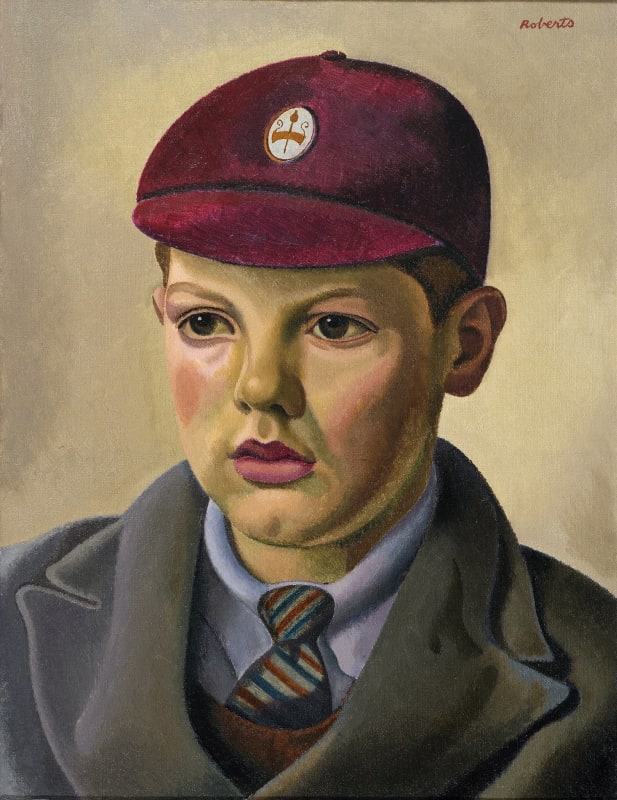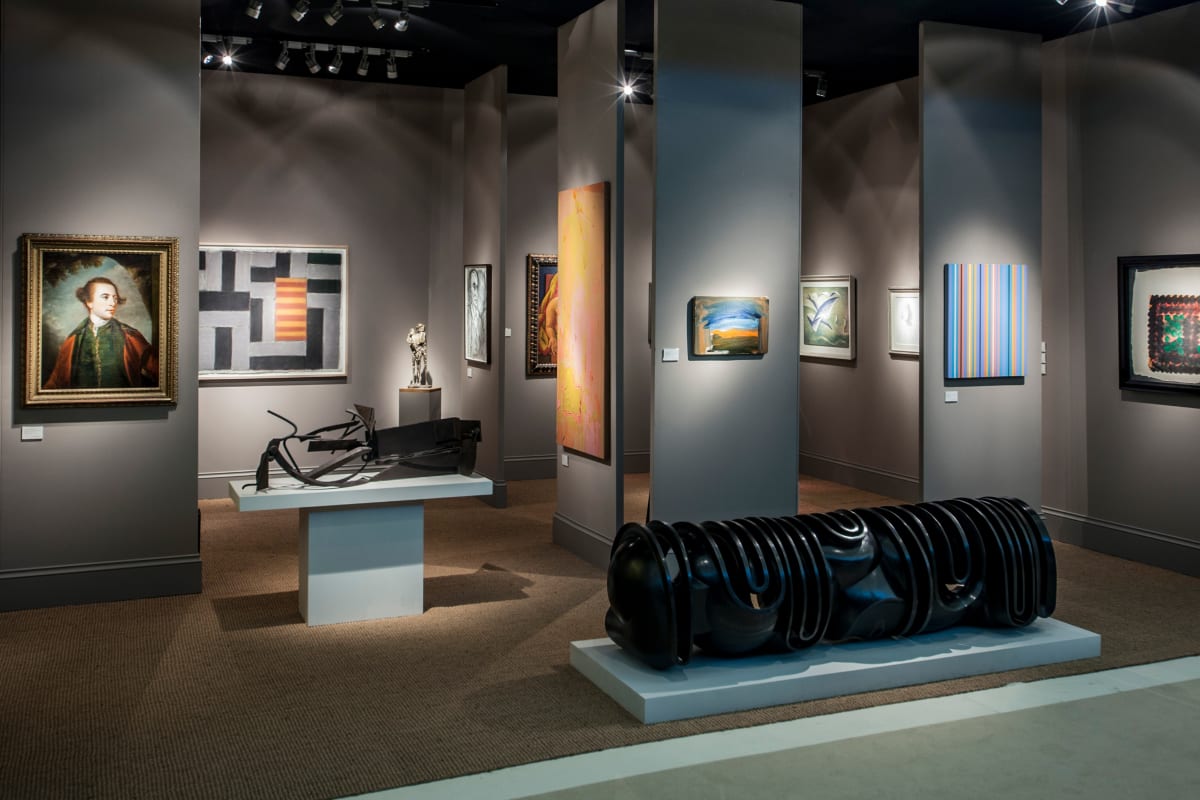William Roberts
The gallery regularly handles, acquires and advises on works by William Roberts. For more information or the availability of work, please contact the gallery.
William Roberts (1895 - 1980)
William Roberts was born into a working-class East End background, and won a scholarship to the Slade School of Fine Art, London (1910-13). He travelled in France and Italy before working briefly, in 1913, for Roger Fry's Omega Workshops, of which he was later dismissive. At around the same time he met Wyndham Lewis and became associated with the Vorticists, signing their manifesto in the first issue of Blast (1914-15). Although Roberts later denied Lewis's importance, claiming that continental Cubism was his inspiration, his paintings from 1914 until the 1920s are undeniably Vorticist in style. The Diners (1919; London, Tate) with its streamlined, angular figures and dynamic diagonal composition owes a clear debt to Lewis. In the 1920s Roberts developed his mature and original style by fleshing out his stylised figures so that bodies and limbs become virtually cylindrical, contained in clearly defined outlines. At the same time he took as his principal subject working-class and everyday life in the London, as in The Char (1923; London, Tate), and continued exploring this theme for much of his career.
Text Source: The Oxford Companion to Western Art







